Enhancing Food Security with Science and Technology: Thailand and Japan’s Research Collaboration for Sustainable Aquaculture
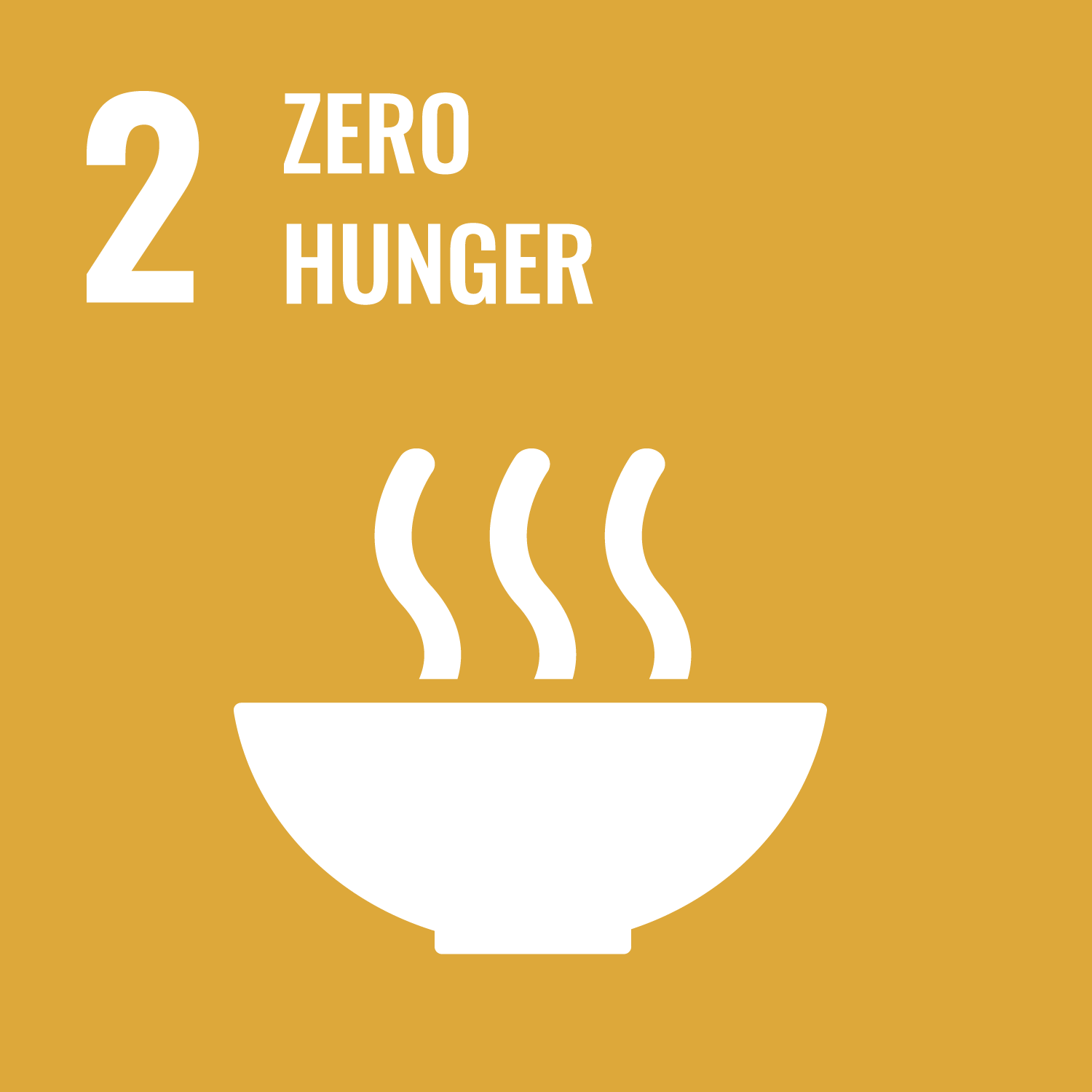
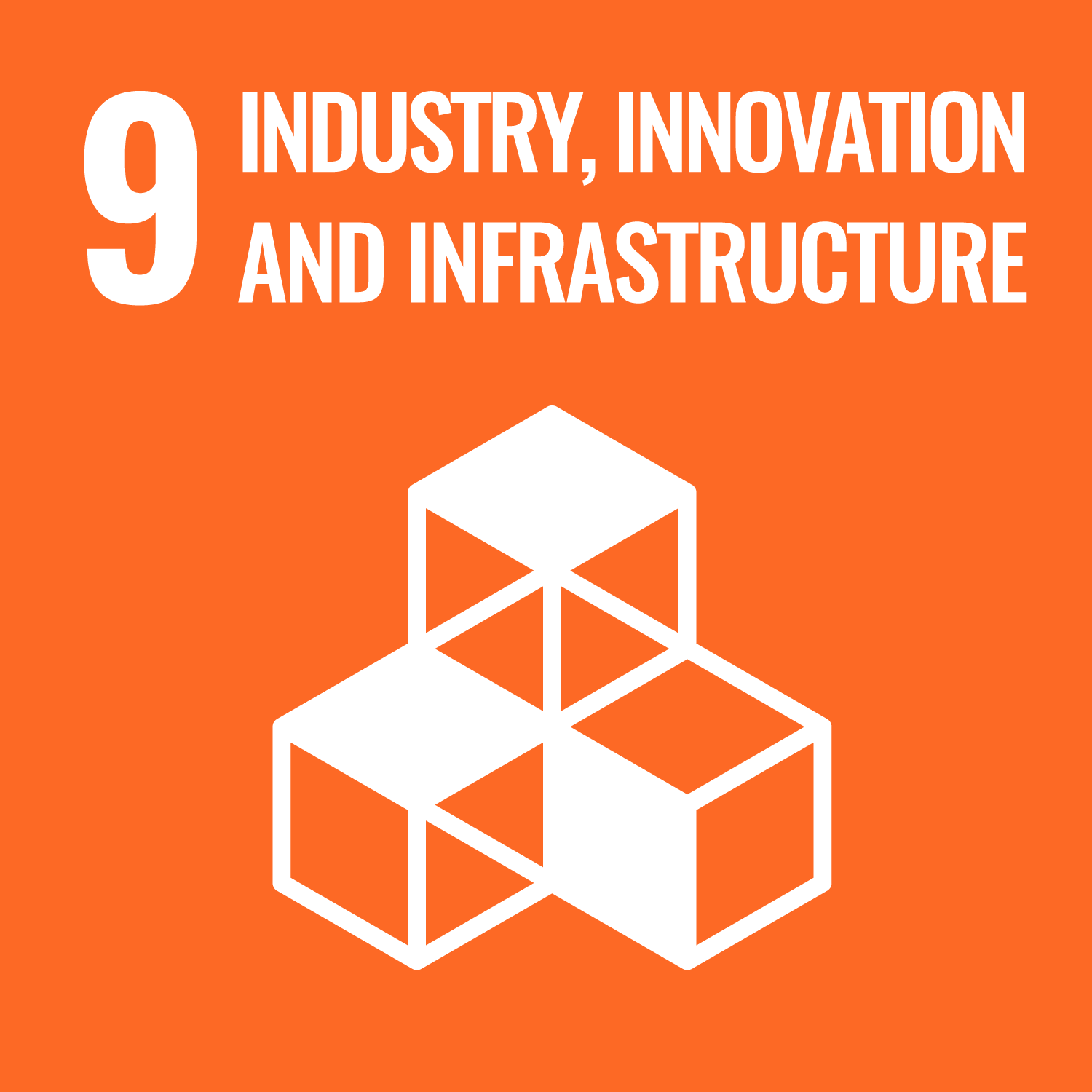
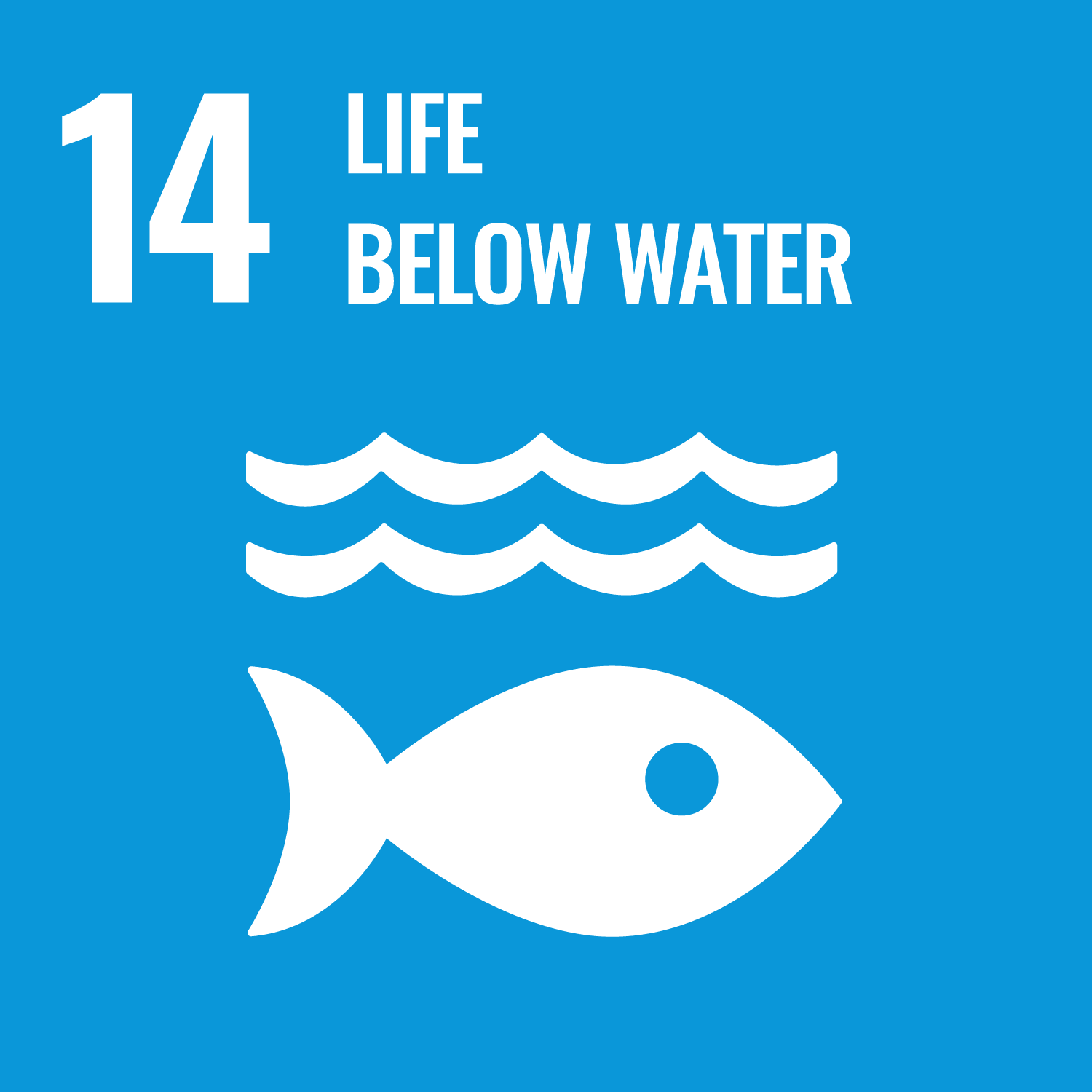
2024.04.30
Aquaculture is playing an increasingly vital role in addressing the global food crisis. In Thailand, a research project focused on aquaculture technology for sustainable aquatic food farming is underway with Japanese support. This partnership has the potential to promote sustainable aquaculture and food security.
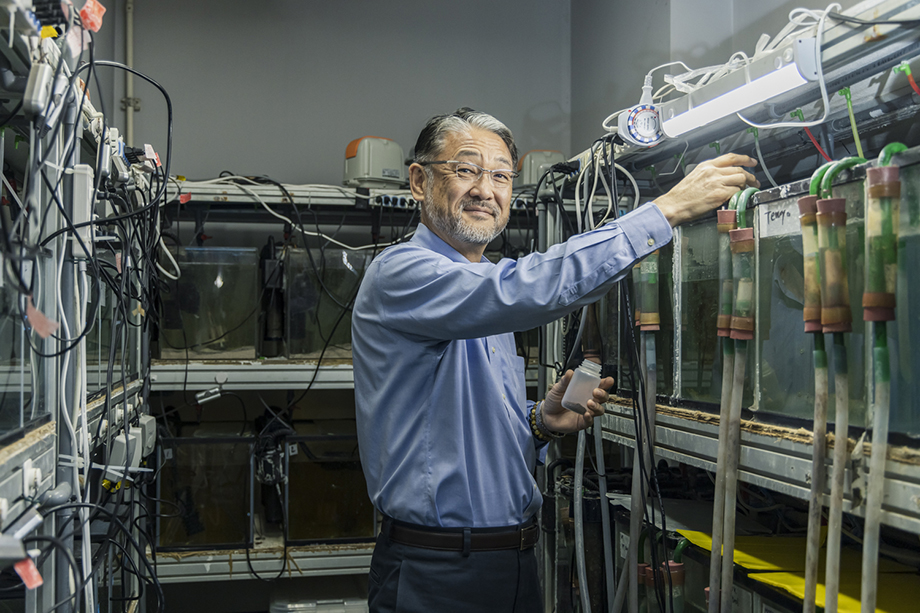
Professor Ikuo Hirono, Tokyo University of Marine Science and Technology (TUMSAT), is the leader of this aquaculture project. His laboratory is lined with shrimp tanks for research on infectious disease control.
Currently, our world is faced with numerous issues such as climate change, deforestation, and marine plastic waste. SATREPS (the Science and Technology Research Partnership for Sustainable Development) is an international cooperation framework aimed at leveraging science and technology to address those issues. This framework, which started as a collaboration between JST (the Japan Science and Technology Agency) and JICA, involves teams of researchers from Japan and developing countries working together to solve various global issues. To date, 174 SATREPS joint research projects have been implemented in 55 countries worldwide (as of May 2023).
The so-called “Thai Fish Project” is a cooperative research project underway in Thailand to develop a sustainable aquaculture system for native Thai fish and shrimp species. Due to the global concern regarding severe food shortages, there are growing expectations for aquaculture as a way to bolster food production going forward. Several countries are striving to establish aquaculture technologies that can provide sustainable, stable, and efficient food supplies. Thailand, one of Southeast Asia’s largest fishing nations, is no exception.
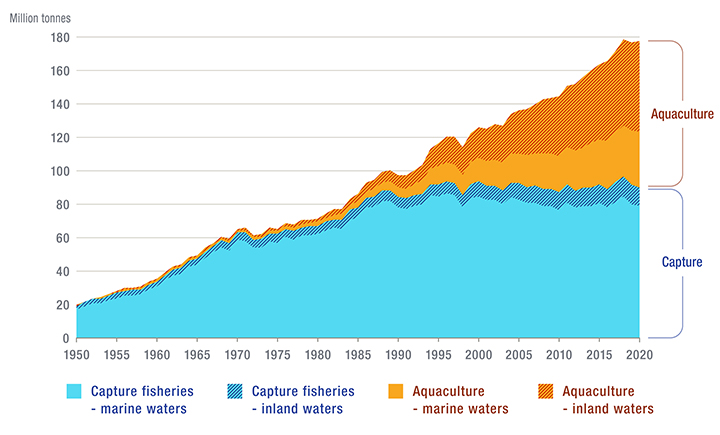
Trends in world fishery and aquaculture production. The share of aquaculture exceeded 50 percent in 2014.
Source: FAO, “THE STATE OF WORLD FISHERIES AND AQUACULTURE 2022”
Since the 1980s, the Thai government has been actively promoting the aquaculture industry, boosting its economic development. However, currently, the industry’s major domesticated species are non-native, such as tilapia, which comes from Africa, and whiteleg shrimp, which comes from South America. Within outdoor aquaculture methods, there is a potential risk of non-native species escaping into the wild, which may have a negative impact on the local endemic species. Consequently, the Thai government has been placing a higher emphasis on culturing native species to sustain the industry.
According to Professor Ikuo Hirono, Tokyo University of Marine Science and Technology (TUMSAT), tilapia and whiteleg shrimp are the most farmed species in the world, and are considered the “ultimate farmed species.” The Thai Fish Project focuses on Asian seabass and banana shrimp, which are relatively high-end species that can be targeted towards the international market as they are suitable for serving at restaurants and hotels. “This will lead to an increase in farmers’ incomes,” says Professor Hirono.
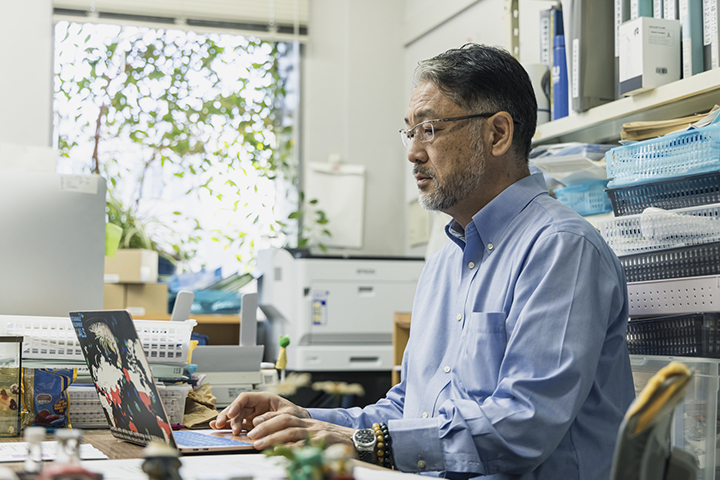
Professor Hirono spoke about the Thai Fish Project in his lab at TUMSAT.
As a leader of the Thai Fish Project, Professor Hirono shared that although Thailand has a record of being a top runner for developing full-life cycle aquaculture, the country needs to implement an innovative technology for Asian seabass culture. He added that there has been a rising expectation for the breeding of an alternative shrimp species in place of whiteleg shrimp, since its production has been halved in Thailand due to an infectious disease outbreak.
This project focuses on advancing biotechnology and research to develop a sustainable aquaculture system for these two species. Its aim is to promote their classification among the main aquaculture species in Thailand as well as to target the international market in the future. The project’s research initiatives include efforts to develop disease-resistant and fast-growing traits through molecular breeding in order to create resilient family lines. They also include preserving genetic resources, controlling infectious diseases, applying innovative aquaculture systems, and developing value-adding and sustainably sourced feeds.
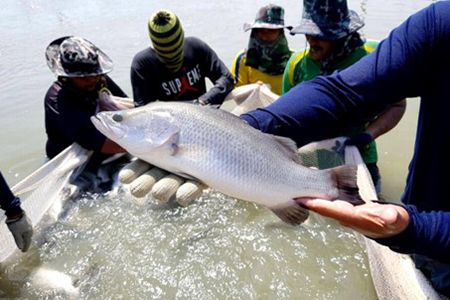
Cultured Asian seabass
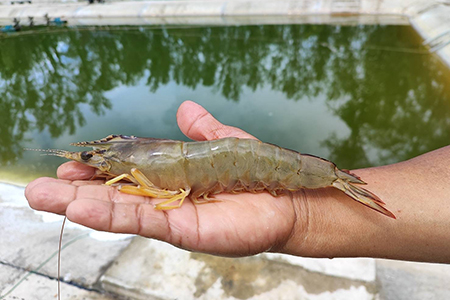
Cultured banana shrimp
The Thai Fish Project started in 2019 and will end in May 2025. Among the currently implemented SATREPS projects, this project’s results have been particularly significant, despite the challenges caused by the COVID-19 pandemic.
A seabass feed using alternative sources for fishmeal, of which the price has been soaring due to the fluctuating availability of its raw materials, was developed containing plant protein and insects. With the addition of a specific microalgae, this new feed successfully increased the DHA (nutrients essential for our bodies) content of seabass. Participants who tasted the feed-fed Asian seabass sashimi at one of the project’s events also praised its flavor. Although the project outcomes are still at the research stage and the seabass has yet to be distributed on the market, some Japanese business sectors have already shown interest in selling the fish in their stores. For the first time in Thailand, the project also achieved stable artificial insemination of banana shrimp, which was thought to be difficult due to the shrimp’s vulnerability to changes in environmental conditions. Banana shrimp cultivated under full-life cycle aquaculture are now almost ready for distribution.
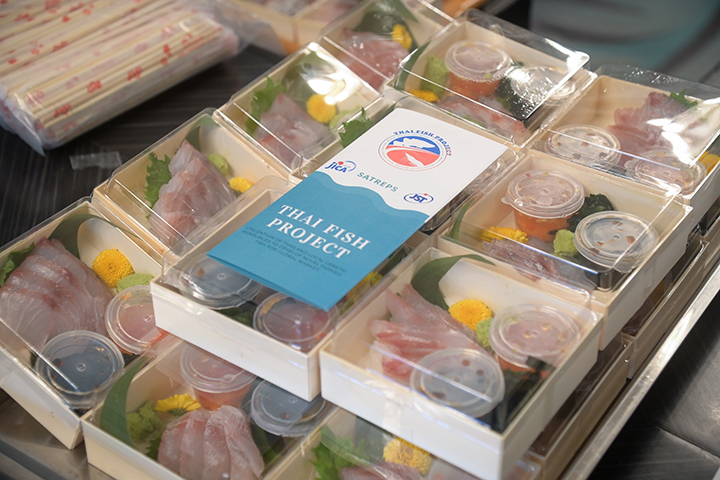
Asian seabass sashimi cultured with alternative feed sources was served at a tasting events.
“In the field of Asian seabass breeding, we have successfully selected a group that is resistant to low salinity and low oxygen levels,” says Professor Hirono. “The next step is to encourage local aquaculture farmers to culture even better groups. We have also succeeded in performing the world’s first banana shrimp tissue transplantation, an achievement that will accelerate further research into banana shrimp breeding.”
For more than 30 years, TUMSAT has built a trustworthy relationship with Thailand’s research institutes including the Department of Fisheries at the Ministry of Agriculture and Cooperatives, deepening research exchanges and developing research personnel. Professor Hirono has visited Thailand approximately 100 times, underscoring his commitment to this collaboration.
“It’s been 25 years since my first visit, and Thailand has undergone significant economic development over that time,” says Professor Hirono. “There has also been a notable development in research personnel. What is needed next is the cultivation of global talent capable of making a global impact. Collaborative research programs with Thailand also serve as a stimulus for raising the global profile of Japanese students, who sometimes have a tendency to be insular.”
The Coastal Aquaculture Technology and Innovation Research and Development Center (CATIRDC) in Songkhla, a coastal province in Southern Thailand, established in 1981 with Japanese ODA grant aid, has played a pivotal role as the breeding base for Asian seabass. Over the past decades, CATIRDC has contributed to the advancement of Asian seabass aquaculture through technical cooperation. The culmination of this long-standing Japanese cooperation is evident in this current project, which is shaping the future of aquaculture.
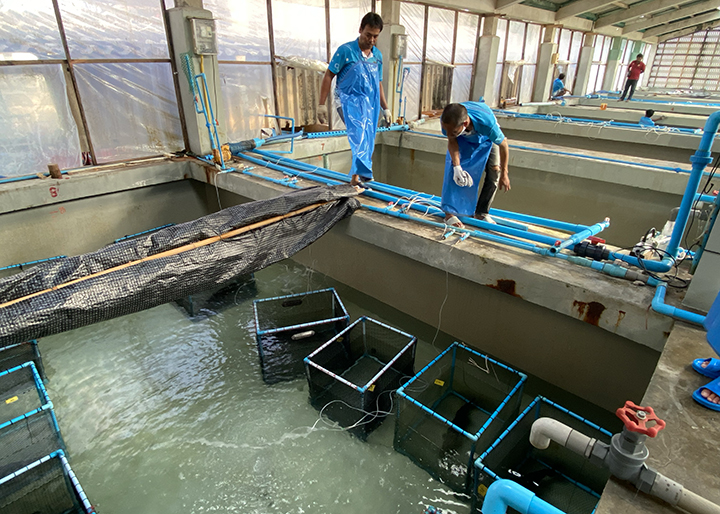
The Songkhla Coastal Aquaculture Technology and Innovation Research and Development Center (CATIRDC) is a breeding base for Asian seabass.
The project is willing to distribute the fish and shrimp that it has been developing in the near future. Considering that there are various interested companies, careful preparation on the production side is necessary before establishing sales channels and initiating actual sales. To facilitate this, workshops and lectures on artificial insemination and molecular breeding were held for local aquaculture farmers and researchers last February, and preparations are under way for the transition from the research phase to the social implementation phase.
“I want to cooperate with private companies to expand the global network,” says Professor Hirono. In addition to his research efforts, he is actively working to connect Japanese startup companies with Thailand’s Department of Fisheries and aquaculture farmers.
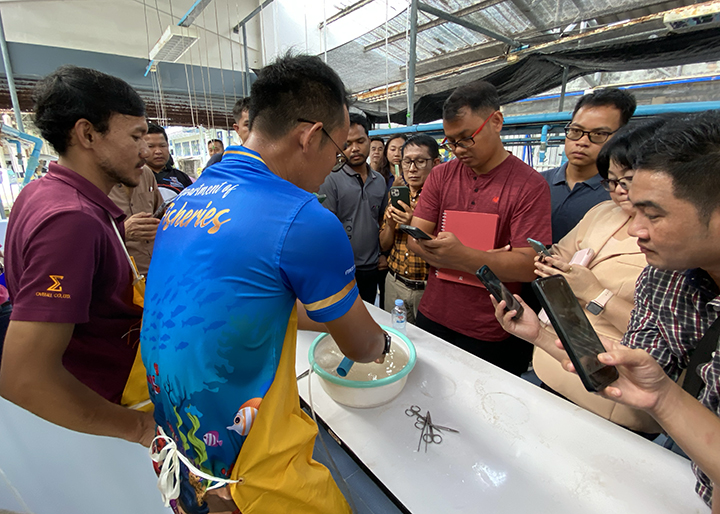
Banana shrimp workshop held in February 2024.
Japan’s food self-sufficiency rate is notably low. When factoring in feed and energy for aquaculture and livestock farming, Professor Hirono notes that “it is equivalent to zero.” As a major food importing country, increasing food self-sufficiency is not easy. Japan’s food security hinges on fostering friendly relationships with other countries. The collaboration on aquaculture in Thailand not only enhances Thailand’s aquaculture technologies, but also nurtures a relationship of trust that could ultimately benefit the Japanese dining table.
scroll